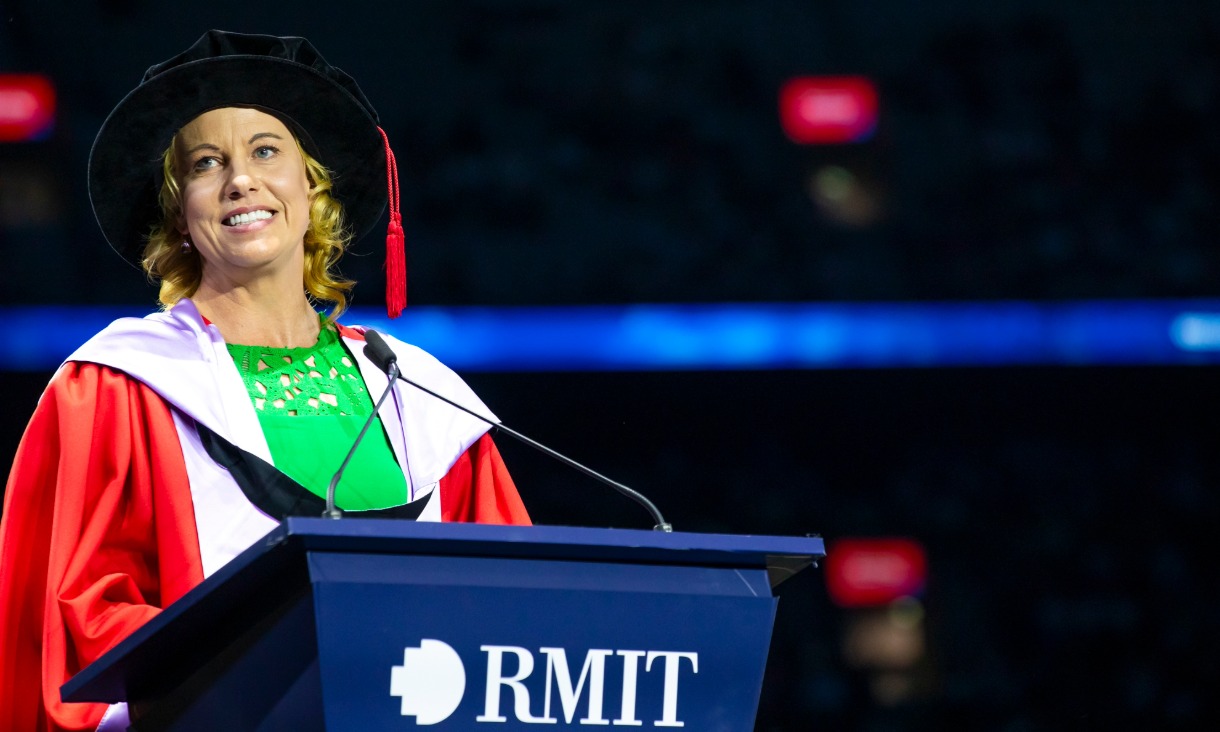RMIT housing experts have released an explainer, as well as a report into the underlying financial model (i.e. Ground Lease Model) that much of the current ‘Big Housing Build’ adopts and which many of the measures in the government’s recent statement are likely use.
Professor Libby Porter
Topics: intensifying the housing crisis, homelessness, social housing
“The measures announced in the Housing Statement are more likely to intensify the housing crisis, not fix it.
“Housing is an essential human need and right. Yet all the announcements this week are geared toward yet more windfalls for developers and private companies. These cannot deliver relief for the many thousands experiencing housing stress because they intensify the very dynamics that create housing insecurity. The strain on allied services and the rapidly growing waitlist for social housing is evidence of a deeper crisis than this set of policy announcements can address.”
Professor Libby Porter is an expert in urban geography, urban planning, public housing, housing justice in the Centre for Urban Research at RMIT University.
Dr David Kelly
Topics: the privatisation of public housing
“This housing policy is the biggest single transfer of public housing assets from public to private management that Australia has witnessed to date.
“Through this model the state has accelerated the restructuring of itself as the market creator for the private industry, with public housing tenants and their communities used as commodities. The construction industry, private developers and the community housing industry stand to gain billions from this model, which will see the forced displacement of CALD communities, increased rent for tenants, a decline in the supply of social housing and a greater likelihood of homelessness.”
Dr David Kelly is a Vice Chancellor’s Postdoctoral Fellow and urban geographer working on the lived experience of housing crisis, homelessness and public housing renewal.
Dr Priya Kunjan
Topics: renters’ rights and housing insecurity
“Victoria’s Housing Statement acknowledges that more needs to be done to protect the rights of renters facing increased housing insecurity. However, it remains to be seen how the suite of changes to renter’s rights, including the establishment of Rental Dispute Resolution Victoria, will convincingly address a crucial feature of rental precarity, namely, the question of enforceability.
“A tightening rental market has served to exacerbate the power imbalance between renters and landlords and real estate agents. Current and proposed rental protections in Victoria still place the onus and burden of proof on renters, who are increasingly reluctant to exercise their rights under the 2021 minimum standards due to absent or delayed enforceability, administrative burden, and the risk of retaliation. The proposed protections also fail to disrupt the treatment of housing as an asset rather than a human right, an issue which sits at the heart of the current crisis.”
Dr Priya Kunjan is a Postdoctoral Research Fellow at RMIT’s Centre for Urban Research currently working on the Australian Research Council-funded Discovery Project ‘Precarious Dwelling: Encounters with the housing crisis’.
Dr Iris Levin
Topics: demolition of public housing towers, public housing experiences and allocation
“The demolition of public housing towers is highly problematic. These towers should not be replaced by a majority of private housing and only a 10% uplift of social housing. Many more public housing properties should be built before demolishing any existing public housing. Tenants need to know that their housing is secure for the long term, and that their communities are protected and will not be dispersed. Waitlists have been increasing significantly; we need to provide more housing for those most in need and not demolish existing housing that is still fit for purpose. The Carlton public towers (the Lygon estate) were refurbished during the Carlton Redevelopment project (2006-2018) at a huge cost. Which begs the question, why have they been refurbished if they were unfit for dwelling?”
Dr Iris Levin is a Lecturer in RMIT’s Centre for Urban Research and expert in social housing, allocation of social housing, relocation and lived experience of social housing tenants.
Liam Davies
Topics: public housing and renewal plans
“Victoria has a long history of estate renewals, and they have continually failed to deliver meaningful growth in public housing, while at the same time seeing huge losses in public land. The Victorian Government should commit to increasing the quantity and quality of public housing stock by guaranteeing that every dwelling built on these estates stays in public hands.
“Big questions remain about how the tenants will be treated through the relocation process. During the 1960s the Housing Commission built new housing first, and then demolished older housing. This meant that people were only forced to relocate once, and that they were often relocated in their neighbourhood. This renewal plan appears to be the other way round, which in recent times has left tenants in limbo.”
“Concerningly, the latest planning reforms give the Minister for Planning authority to approve ‘Significant Residential Development’, stripping councils of decision-making power. These include developments over $50 million where 10% of the housing will be affordable, however, this percentage can be reduced, and affordability is not well defined. The reforms also remove building height and setback restrictions, and peoples’ right to appeal.”
Liam Davies is a Lecturer in RMIT’s Centre for Urban Research and an expert in social housing policy and urban planning.
***
Media enquiries: RMIT External Affairs and Media, 0439 704 077 or news@rmit.edu.au







